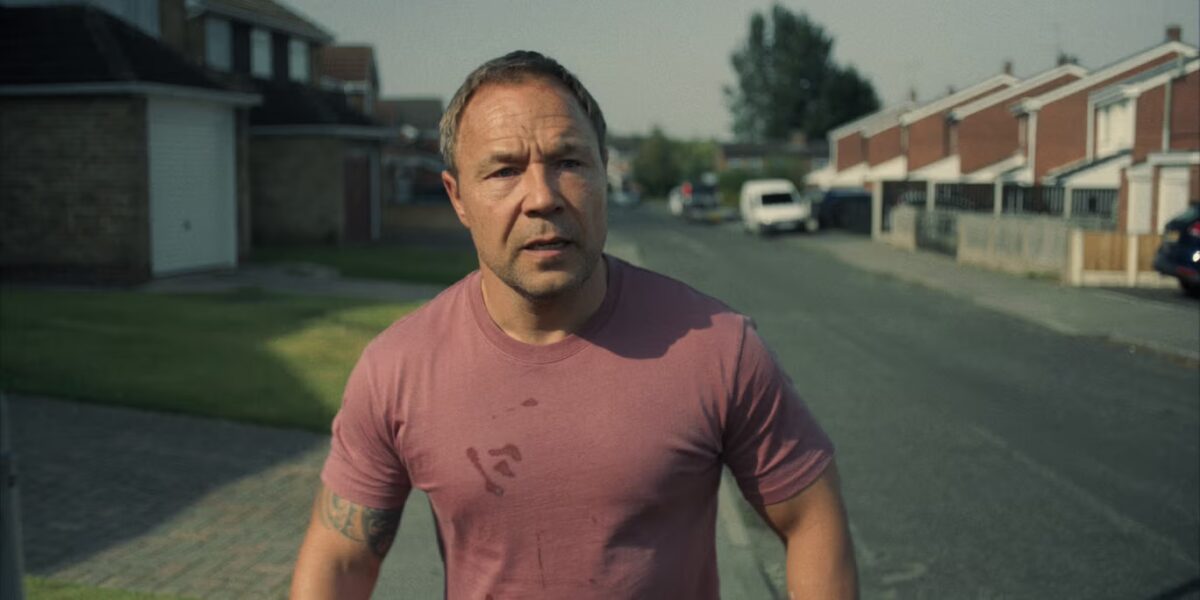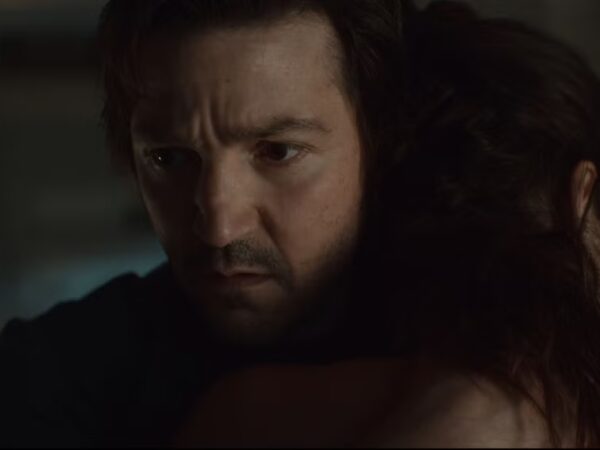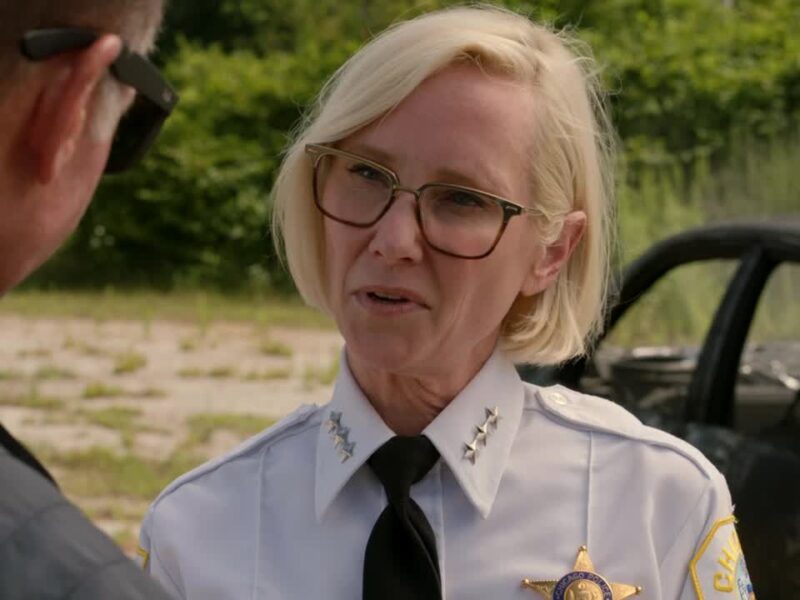A Bold Look at a Troubling Reality
Netflix’s latest psychological drama Adolescence is already making waves, not just for its gripping storytelling but for its unsettling mirror to reality. Co-written and starring Stephen Graham, the series revolves around a harrowing crime—a 13-year-old boy accused of murdering a young girl. But beyond its crime-thriller surface, the show dives deep into modern youth culture, exploring themes of incel ideology, misogyny, and the dark corners of the internet.
In an interview with The Independent, Graham issued a stark warning to parents, urging them to be mindful of the unseen influences shaping their children. “It’s just being mindful of the fact that not only we parent our children, and not only the school educates our children, but also there are influences we have no idea of,” he stated. His concern? A growing wave of online subcultures that subtly manipulate young minds, often leading to tragic consequences.
The One-Shot Masterpiece: A Technical Triumph
One of the most compelling aspects of Adolescence is its single-take execution—a technique that plunges the audience into the raw emotional chaos of its characters. Each episode plays out in real-time, without cuts, capturing every strained breath, every flicker of doubt, and every devastating realization. According to Deadline, the cast and crew underwent intense rehearsal periods to master the choreography required for this seamless, immersive approach.
This directorial choice adds an almost voyeuristic feel, forcing the viewer to sit uncomfortably close to the unraveling tragedy. It’s a narrative gamble that pays off, enhancing the intensity and realism of the series. Graham himself described the experience as “one of the most challenging yet rewarding productions” of his career.
Who is to Blame? A Reflection on Society
Perhaps the most haunting question Adolescence poses is: Who is accountable? Graham’s character, Eddie Miller, struggles to reconcile his love for his son with the horrific accusations against him. But the series makes it clear that this is not just a story of one family’s nightmare. It’s about a systemic failure—family, education, society, and technology all playing a part in shaping young minds.
Graham emphasizes that the show is not about pointing fingers at negligent parenting or troubled homes. “Jamie comes from an ordinary family. His father isn’t abusive. His mother isn’t struggling with addiction. There is no ‘obvious’ source of the problem. And yet, here we are,” he reflects. This deliberate ambiguity challenges viewers to look beyond simplistic explanations and acknowledge the collective responsibility in shaping the next generation.
The Internet’s Invisible Grip
The rise of online radicalization and toxic masculinity is a recurring theme in Adolescence. In today’s digital landscape, young boys have access to extreme ideologies at their fingertips, often without their parents even realizing it. The series portrays how seemingly normal teenagers can fall down dangerous online rabbit holes, consuming content that warps their worldview in insidious ways.
Graham likens this to the gradual erosion of parental control over media consumption. “When we were kids, if something inappropriate was on TV, you’d be sent to your room. But today, even within the safety of their bedrooms, kids have access to the world—and not all of it is safe.”
A Must-Watch with a Powerful Message
With its innovative storytelling, unflinching social commentary, and powerhouse performances, Adolescence is more than just entertainment—it’s a wake-up call. It urges parents, educators, and policymakers to take a hard look at what’s shaping young minds behind closed doors.
As Graham warns, “Maybe we’re all accountable—family, school, society, community, environment.” The question remains: How do we take responsibility before it’s too late?


















